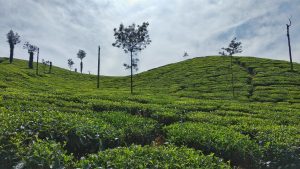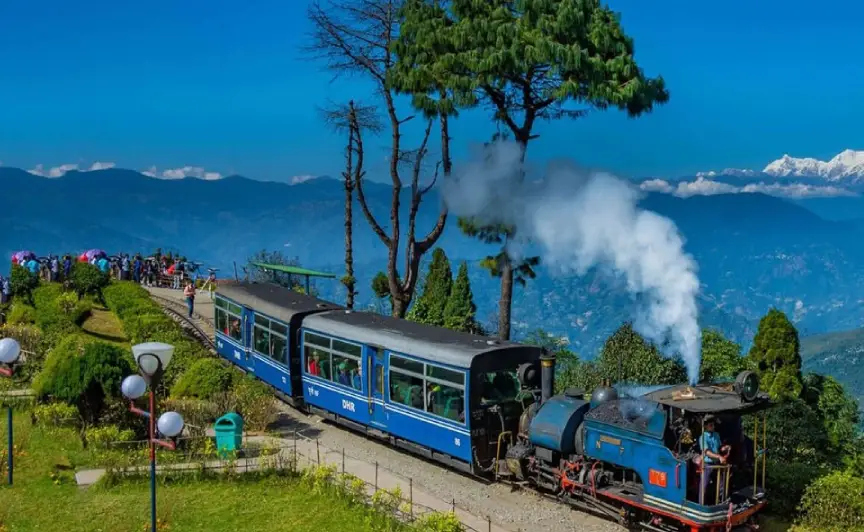8 Day(s) 7 Night(s)
Destination: North East India
The Seven Sister States Of India
India is such a vast and beautiful country with so many options for traveling that one might feel confused as to what to see and what to miss. No matter which direction you pick, a pleasant surprise awaits. Not many have discovered the surreal beauty of North-Eastern states and they still lie hidden as compared to other Indian states. From hilly terrains, snow-capped mountains, national parks, world heritage sites, lush green pastures, abundant wildlife, and shimmering lakes to majestic waterfalls, the Seven Sister States of North East are exuding a glory unique to the region. With numerous tribal groups and the warmest hearts, the land is always welcoming to new explorers. North East India is the easternmost region of India consisting of Arunachal Pradesh, Assam, Manipur, Meghalaya, Mizoram, Nagaland, Tripura, and Sikkim. The region shares an international border with several neighboring countries – Tibet Autonomous Region, China, Myanmar, Bangladesh, Nepal, and Bhutan.
The land of charismatic beauty, of ruddy mountains and beguiling picturesque charm, of glistening streams and pristine valleys, the dense green forests and reveling bounteous nature, North- East also known as Seven Sister States teeters on the farthest brink of the country.
Seven sister states plus Sikkim the only brother offers a list of must-see places in Motherland once in your lifetime.
States of North East India
Sikkim:
Gangtok, the capital city of Sikkim has high peaks and a good climate year-round. Moreover, it is at the centre of Sikkim’s tourism industry. Gangtok is a prominent Buddhist pilgrimage site.
Meghalaya:
Meghalaya stands for ‘The Abode of the Clouds’ hence it is one of the most beautiful states in North-East India. It offers a variety of sights, activities, food, and festivals to tourists.
Arunachal Pradesh:
 Means the land of the Dawn-Lit Mountains. Arunachal’s diverse flora and wildlife, which thrive in a unique environment of glaciers, high-altitude meadows, and sub-tropical woods, add to the state’s allure. Often known as the ‘Orchid State of India’ or ‘Paradise of the Botanists,’ Arunachal Pradesh is home to more than 500 species that have been entitled endangered and can only be found here.
Means the land of the Dawn-Lit Mountains. Arunachal’s diverse flora and wildlife, which thrive in a unique environment of glaciers, high-altitude meadows, and sub-tropical woods, add to the state’s allure. Often known as the ‘Orchid State of India’ or ‘Paradise of the Botanists,’ Arunachal Pradesh is home to more than 500 species that have been entitled endangered and can only be found here.
Tripura:
Ranks are second to Kerala in the production of natural rubber in the country. Handicrafts, particularly hand-woven fabrics, and wood carvings are famous products.
Nagaland:
Nagaland is the land of festivals. Numerous tribes reside here and each tribe practices its own rituals and traditions. Consequently, Nagaland has one major festival lined up for all months of the year.
Assam:
 Wildlife, archeological sites, and tea plantations are the main attractions in Assam. Guwahati is Assam’s largest city and is famous for its silks and the hilltop Kamakhya Temple.
Wildlife, archeological sites, and tea plantations are the main attractions in Assam. Guwahati is Assam’s largest city and is famous for its silks and the hilltop Kamakhya Temple.
Manipur:
The first prime minister of India, Pt. Nehru had said Manipur was the Jewel of India. A nature’s gift to India, Manipur is also a melting pot of culture. It is the birthplace of Polo, the sport, and the birthplace of Ras Lila, a classical dance form.
Mizoram:
Starting from Lushai Hills to Mizo Hills to union territory status in 1972, onwards to a full-fledged state in 1987, it has a long history. Mizoram came into existence after Laldenga signed an accord with the Rajiv Gandhi government. Moreover, it has evergreen hills and dense bamboo jungles, an array of festivals, dances, handicrafts, flora and fauna, natural scenic beauty, and a pleasant climate. Mizoram has much to offer its visitors.


